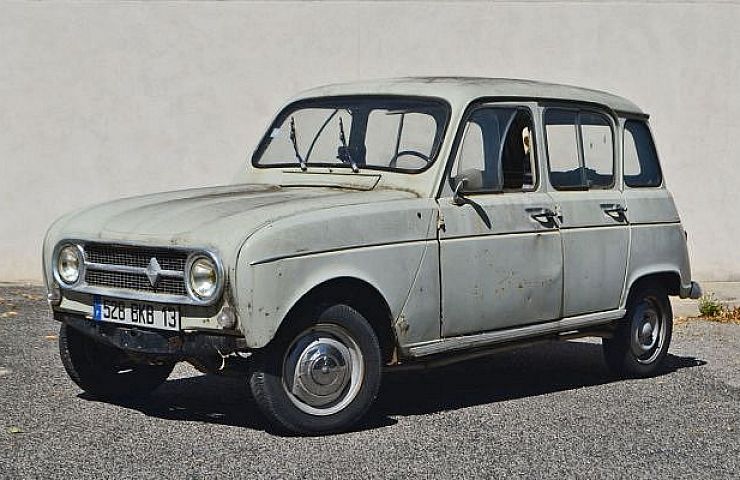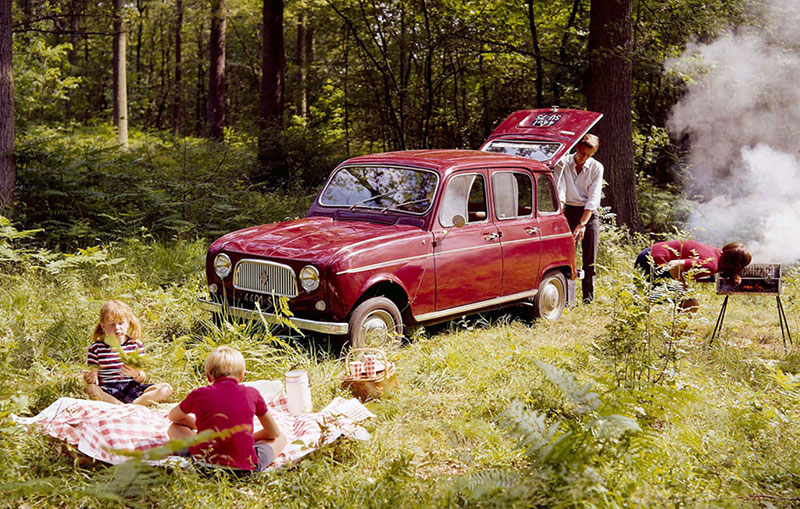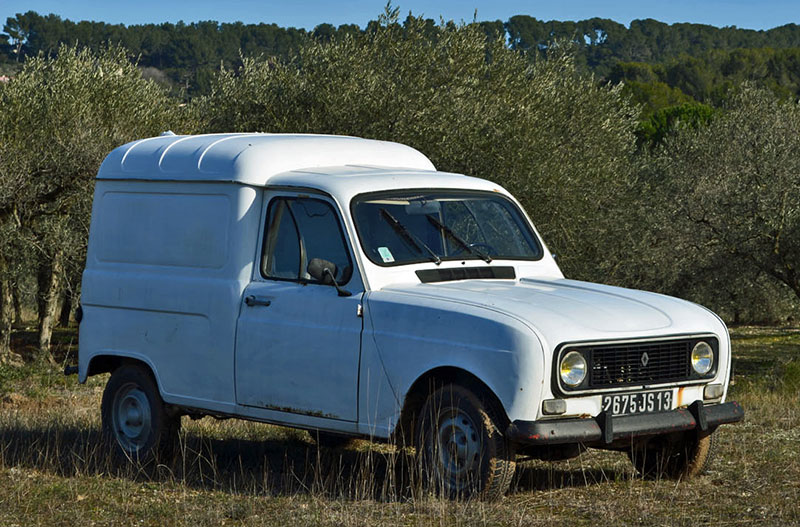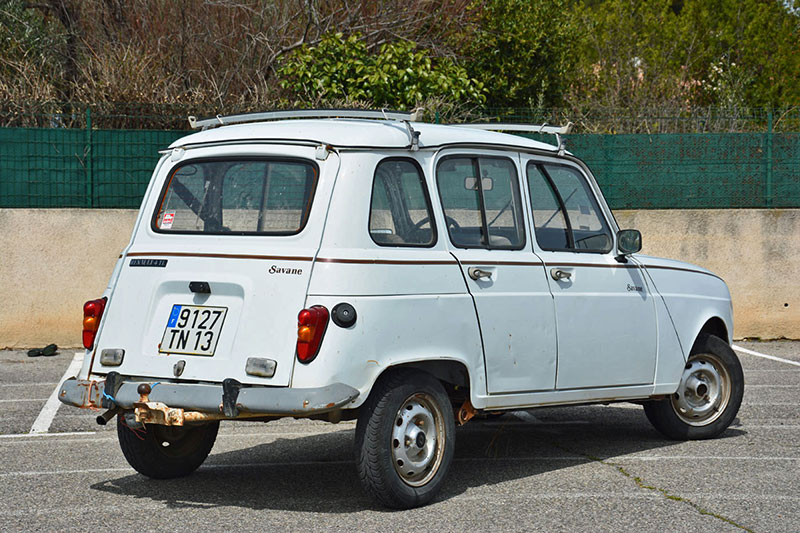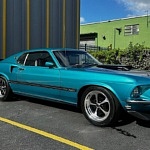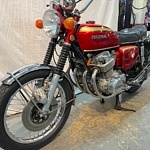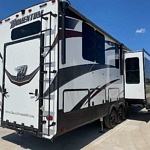The Citroën 2CV is often considered France’s quintessential classic car, and in many ways it is. However, the Renault 4 deserves a spot on the podium because it was more popular than the 2CV. It was almost as quirky, and it was just as outdated when it got the axe after the 1992 model year.
Designed from a blank sheet of paper to replace the 4CV, the Renault 4 was presented to the public at the 1961 Paris Motor Show. It used body-on-frame construction, and its design broke all ties with other members of the Renault family. It was highly innovative for the era, too, because it boasted a practical hatchback and front-wheel drive.
The setup was unconventional, to say the least: the four-cylinder, water-cooled engine was mounted longitudinally right in front of the firewall, and the transmission was located directly in front of it. Going through the three gears was done via a dash-mounted shifter that went straight through the firewall, over the engine, and down into the transmission.
The Renault 4 was introduced as a five-door hatchback, and the lineup was quickly expanded with a two-door van that featured a raised roof. Both models changed little throughout the 1960s—with the exception of minor updates such as new bumpers, trim levels that came and went, and the forward-thinking addition of a folding rear bench on the hatchback.
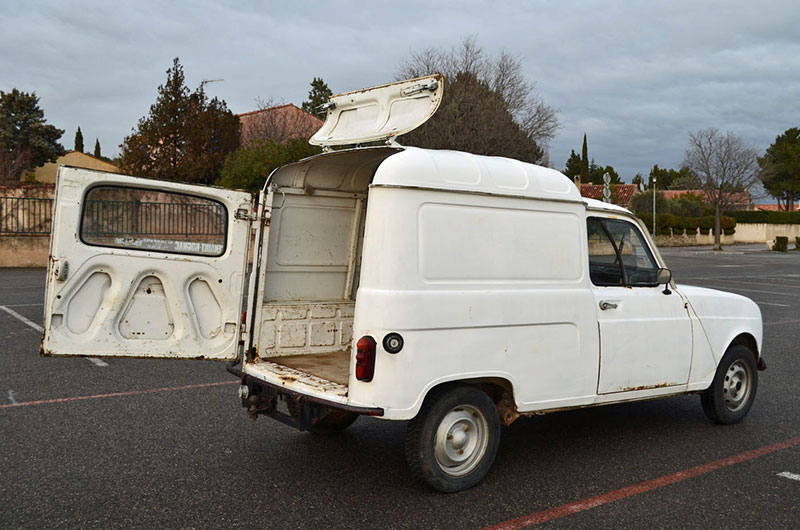
The 4 was introduced as a five-door hatchback, and a two-door van with a raised roof was quickly added to the lineup.
The first major visual update came in 1967 when Renault gave its bread-and-butter model a new metal grille that wrapped around the headlights. My rough-but-original, two-owner 1969 model shows what the new front end looked like.(See image at top of this page.) The facelift was accompanied by the addition of a four-speed manual transmission.
The next major exterior revision arrived in 1975, when the 4 got a black plastic grille with a center-mounted Renault lozenge. The updates were applied to the van model, too, as depicted by my white 1981 F4 work van.
A range-topping model dubbed 4 GTL with a 1.1-liter, 34-horsepower engine was introduced in 1978, and it stuck around until the end of the production run. The GTL is the most powerful 4 ever offered by the factory, and, while 34 ponies doesn’t sound like much, it’s adequate in a car that weighs less than 1,600 pounds.
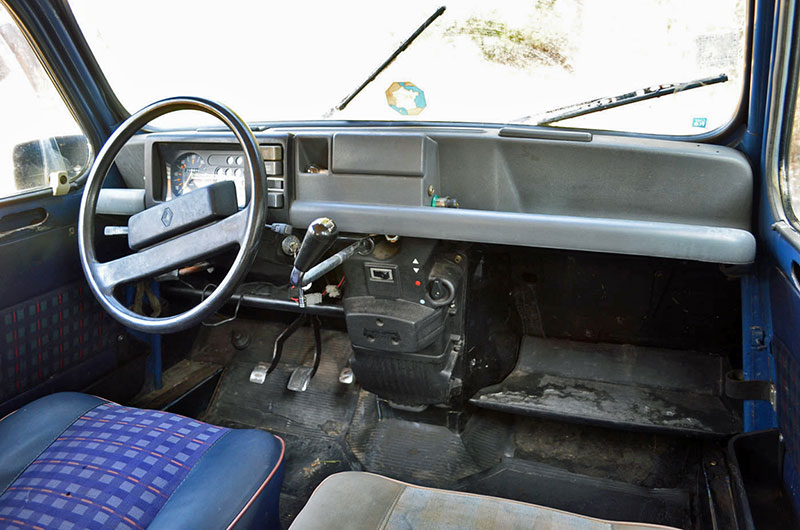
The interior was Spartan at best throughout the 4’s entire production run. Pictured here is a base-model from 1985 that was sold new to the French Gendarmerie.
One of the last major upgrades came in 1986, when the base-model 4 TL benefitted from a 1.0-liter engine borrowed from Renault’s Super 5 city car. It made 34 horsepower, the same as the GTL’s 1.1-liter, but its torque output was noticeably lower at 48 pound-feet. My white 1991 TL, a project car that I picked up recently, shows the engine, as well as the hatch-mounted reverse lights that all late-model 4s regardless of trim level got.
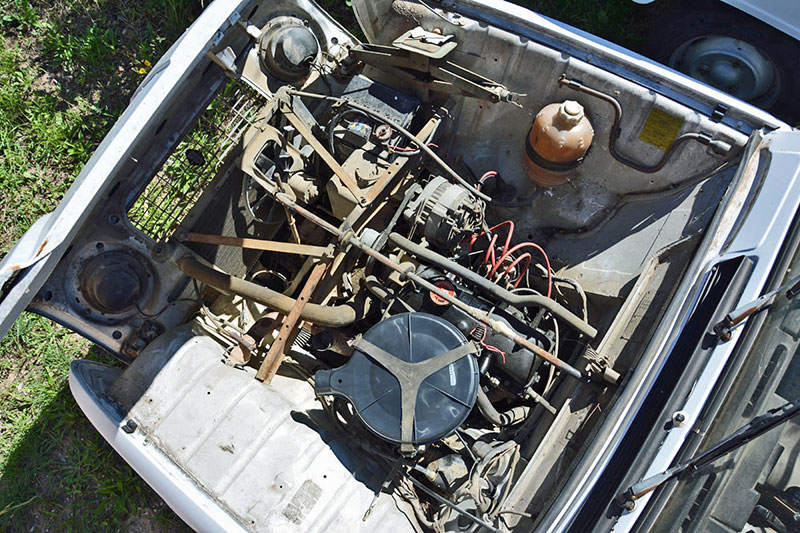
In 1986, the base-model 4 TL benefitted from a 34-horsepower, 1.0-liter engine borrowed from Renault’s Super 5 city car.
The 4 finally retired in 1992 after a 31-year long production run over which 8.13 million examples were built. There were no two ways around it: It was outdated compared to the competition, and a slew of new safety and emissions laws that came into effect across Europe made it difficult and prohibitively expensive for Renault to keep production going. Notably, the 4 was still equipped with a carburetor, it didn’t have a catalytic converter, and its dash-mounted shifter was written off by government officials as a safety hazard and made illegal.
The last 1,000 cars were part of a limited-edition series called Bye Bye, and they’re particularly sought-after by collectors today.
See Renault 4 for sale on eBay.

